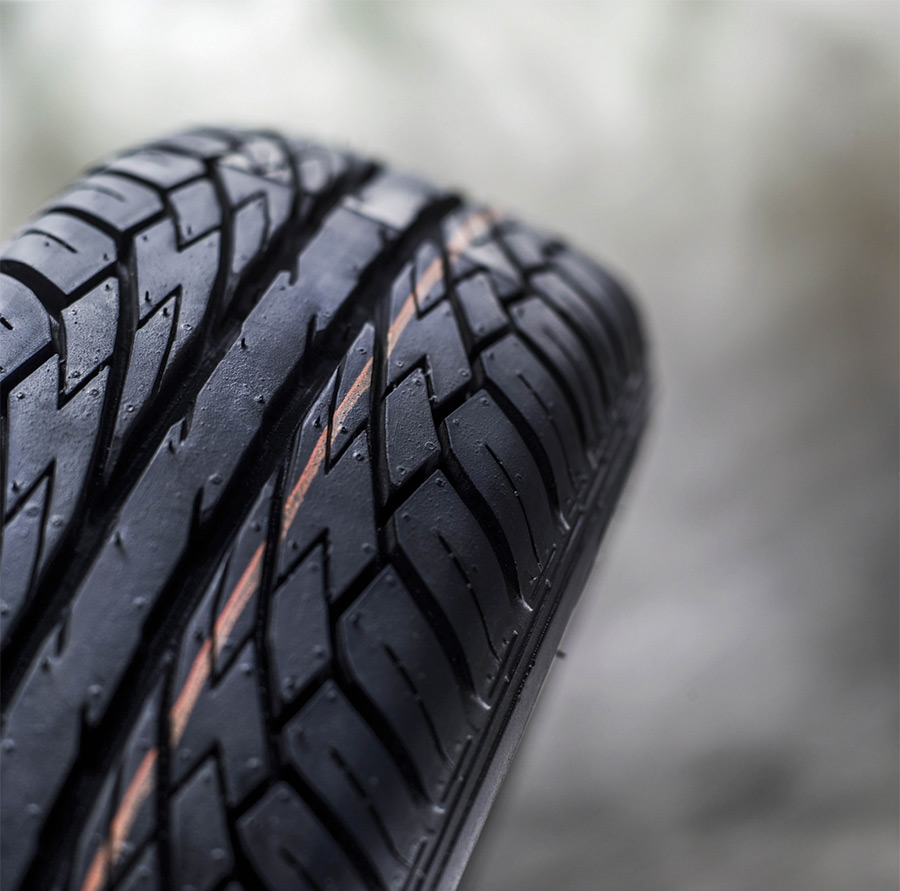When warm weather arrives, many people enjoy a collective sigh of relief.
Just as people welcome the end of the cold, snow and ice, cars and trucks also can benefit from more moderate temperatures.
Salt, grime and pot holes can take a toll on tires over the course of a typical winter.
Drivers will not get far this spring and summer without tires in good repair, which is why tire maintenance should be part of any seasonal repair checklist.
Inflation levels
Now is the time to use a tire pressure gauge to see if tires are at the ideal inflation levels.
Many tires indicate the recommended PSI (pounds per square inch) on their sidewalls. Cold temperatures may cause tires to deflate a little.
Esurance states that winter weather can cause tire pressure reduction at about one PSI for every 10 degrees the temperature drops. Driving on improperly inflated tires can be dangerous, potentially affecting handling and braking distances.
Check tires when they are cold for the most accurate reading. Properly inflated tires also will improve fuel economy, so drivers may even save a little money by inflating their tires.
Tire rotation/realignment
Examine the tires for tread wear. Any uneven or abnormal tread wear could indicate that the tires need to be rotated and the wheels realigned at the very least. Take the vehicle to a qualified mechanic to get their opinion on how to remedy the situation.
Wheel realignment may be necessary after a season of driving over potholes and other irregularities. Misaligned wheels can cause handling problems, like the car “pulling” to one side.
– Metro Creative Graphics




